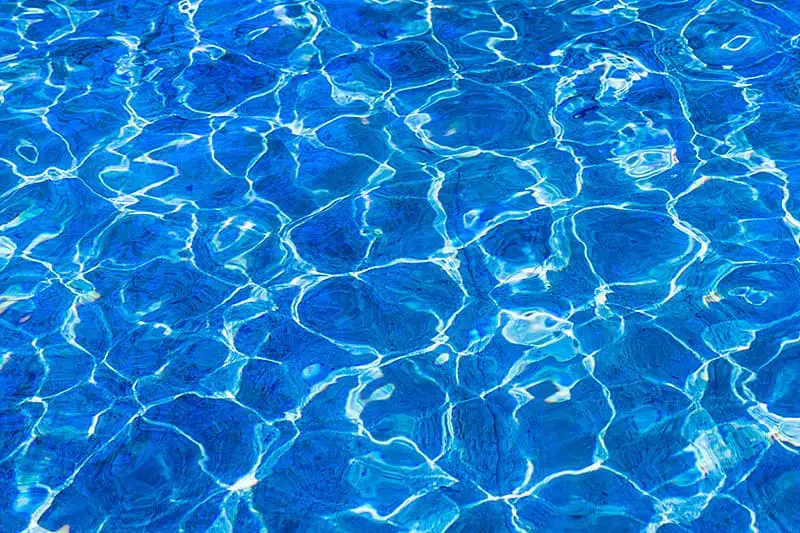Creating a guide to estimate the volume of pool water is an essential tool for maintaining the correct chemical balance and ensuring efficient operation. Below is a detailed and human-written guide on how to calculate the volume of your pool in gallons, which should provide accurate and helpful tips for pool owners.
Calculate Your Pool Water Volume: Essential Tips for Gallon Estimation
Calculating the volume of water in your pool is crucial for tasks such as treating the water with chemicals and heating the pool. The amount of chemicals needed to keep the water clean depends directly on the volume of water. Here’s a simple guide to help you estimate the volume of your pool in gallons.
1. Determine Your Pool Shape
Pools come in various shapes, and the formula for calculating volume differs depending on this shape. The most common pool shapes are:
- Rectangular: Length x Width x Average Depth
- Circular: Radius x Radius x 3.14 (π) x Average Depth
- Oval: Length x Width x 3.14 (π) / 4 x Average Depth
- Irregular: Divided into geometric shapes, calculate each and sum
2. Measure the Dimensions
Using a measuring tape, measure the dimensions of your pool. Ensure you measure the longest and widest points for an accurate calculation.
- Length and Width: For rectangular and oval pools.
- Diameter: For circular pools, measure across the center of the pool.
- Depth: Measure both the deepest and shallowest parts to calculate an average depth.
3. Calculate the Average Depth
To get the average depth: Average Depth=Depth at the Deepest Point+Depth at the Shallowest Point2Average Depth=2Depth at the Deepest Point+Depth at the Shallowest Point
4. Apply the Formula
Once you have your measurements, apply the appropriate formula based on your pool’s shape.
- Rectangular: Volume (gallons)=Length (ft)×Width (ft)×Average Depth (ft)×7.5Volume (gallons)=Length (ft)×Width (ft)×Average Depth (ft)×7.5
- Circular: Volume (gallons)=Radius (ft)2×π×Average Depth (ft)×7.5Volume (gallons)=Radius (ft)2×π×Average Depth (ft)×7.5
- Oval: Volume (gallons)=Length (ft)×Width (ft)×π/4×Average Depth (ft)×7.5Volume (gallons)=Length (ft)×Width (ft)×π/4×Average Depth (ft)×7.5
5. Convert Cubic Feet to Gallons
The factor 7.5 converts cubic feet to gallons (since one cubic foot of water equals approximately 7.5 gallons).
6. Consider Irregular Shapes
If your pool has an irregular shape, divide it into smaller regular shapes, calculate the volume for each, and add them up.
7. Adjust for Errors
Always allow for some margin of error in your measurements and calculations. It’s better to slightly overestimate the amount of chemicals needed than to underestimate.
Tips for Accurate Measurement
- Use a steady hand and keep the tape measure level.
- Measure multiple times to ensure accuracy.
- Consider professional help if your pool has a complex shape.
By accurately calculating the volume of your pool, you can better manage the chemical levels needed to keep your pool safe and enjoyable for everyone. This guide aims to make the estimation process as straightforward as possible, but don’t hesitate to seek professional advice if you encounter difficulties.


